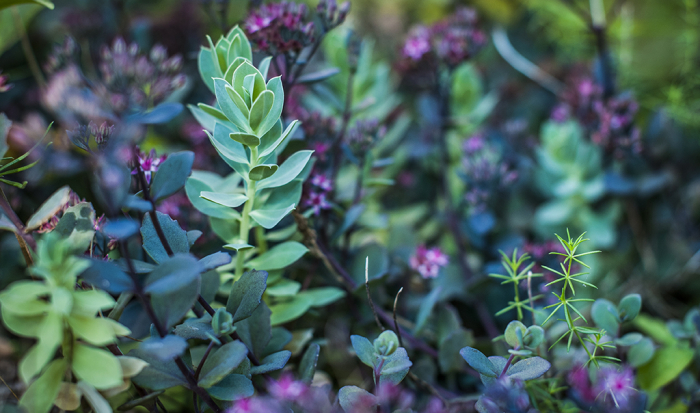In plants, as with most animals, the male parts are associated with production of sperm, and the female parts are associated with eggs. Thus, in angiosperms(flowering plants) and gymnosperms (plants with “naked seeds”), the male structures produce pollen (which contain sperm), and the female structures have one or more ovaries (which contain eggs known as ovules). We’ll skip over spore-producing plants, such as ferns and liverworts, because their life cycles are more complicated, but they too have male and female parts.
Some plants are indeed only male or only female.Ginkgo, kiwi, cannabis, and willow all have individuals that make only pollen or only seeds. Botanically, they are known as dioecious plants, and their strategy ensures genetic outcrossing. Interestingly, many street trees are dioecious, and, to avoid the mess of flowers and fruits, only male trees were often planted. Unfortunately, this proved to be somewhat of a failure in urban planning, as pollen allergies have worsened in some places, thanks to the high density of male trees happily producing pollen.
However, most plants are monoecious, meaning that individuals have both female and male structures. In flowering plants, these structures can be borne together in a single bisexual flower, or the flowers can be only male (staminate) or only female (pistillate). Many of the most iconic flowers, such as roses, lilies, and tulips, are bisexual, and the female pistil is characteristically surrounded by the male stamens. Other monoecious plants, such as squashes, corn, and birches, have unisexual flowers. That is, some flowers are male and some are female, but both types are formed on the same individual plant. This strategy is also seen in most conifers. Pollen borne in male cones must be blown by the wind to female cones for pollination to occur.
Read the original article on britannica.com.
More about: plants
















































